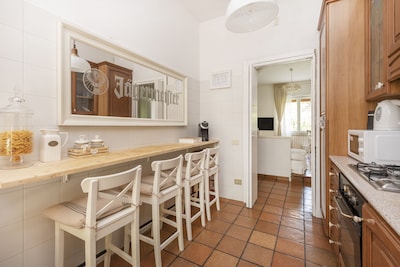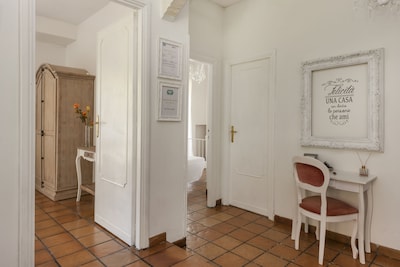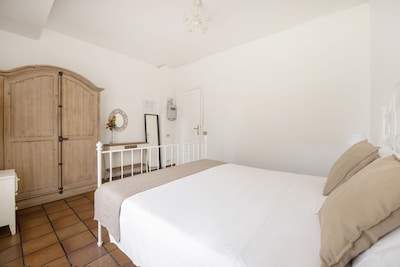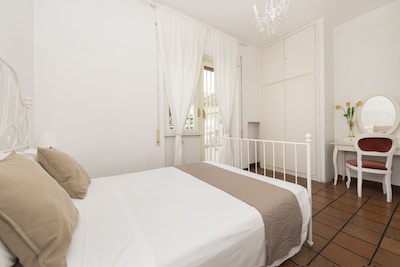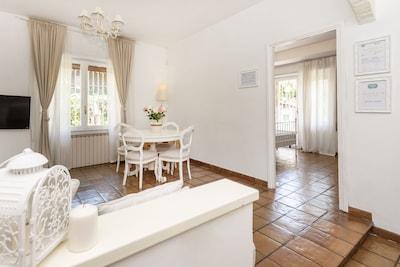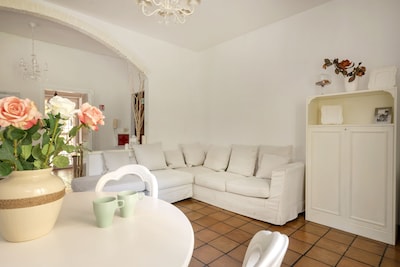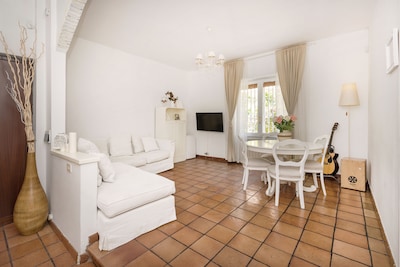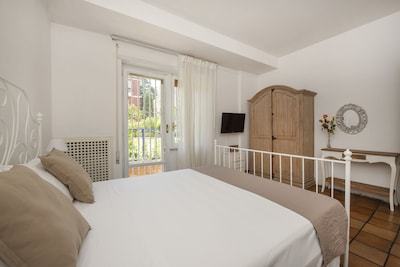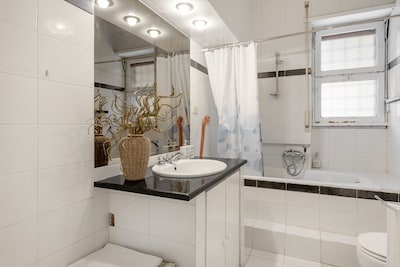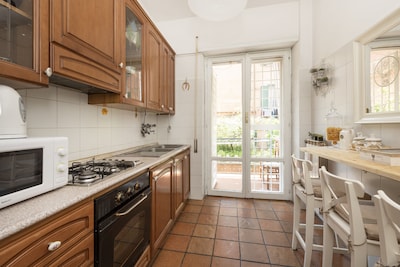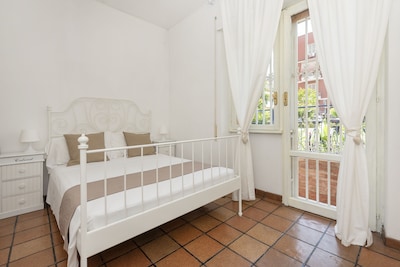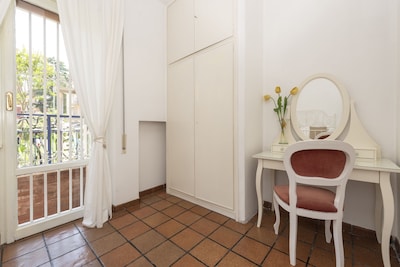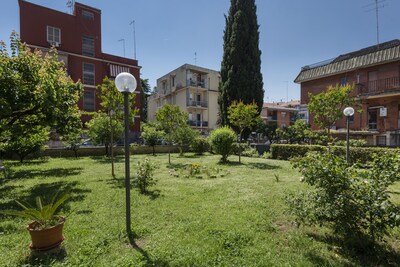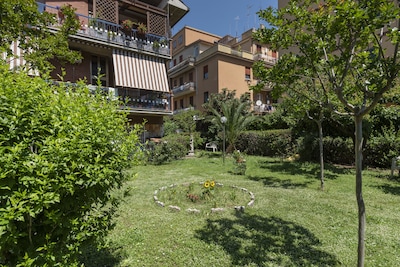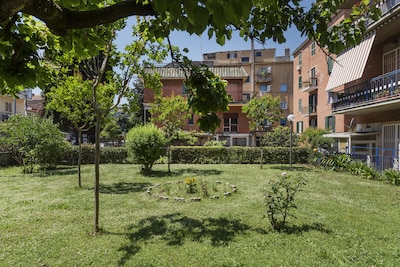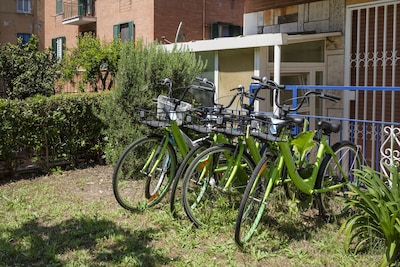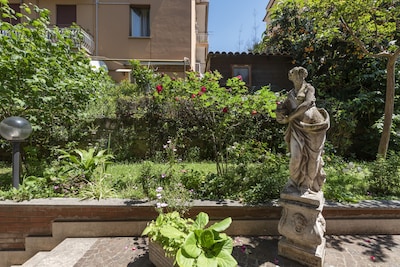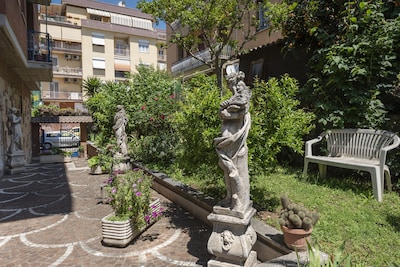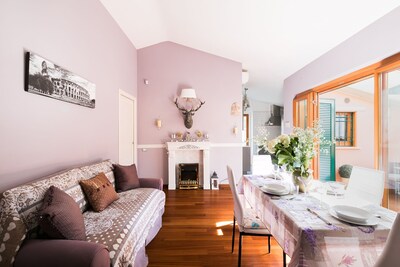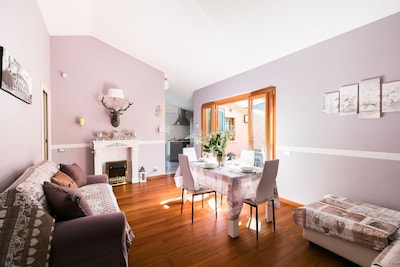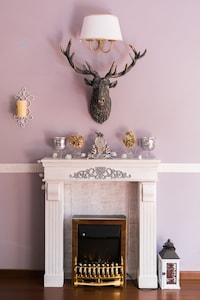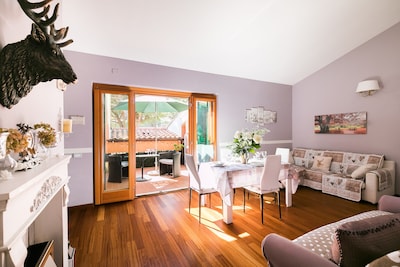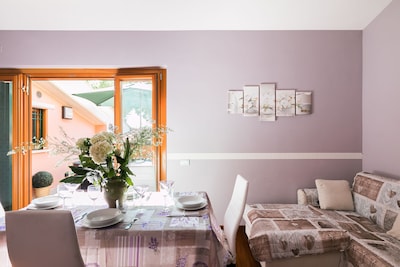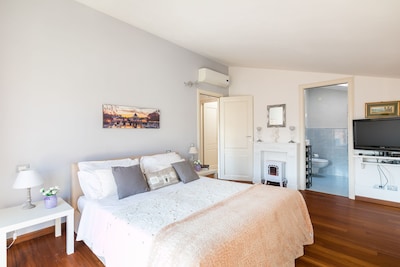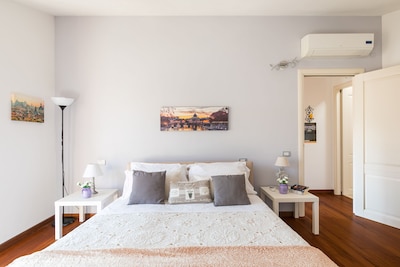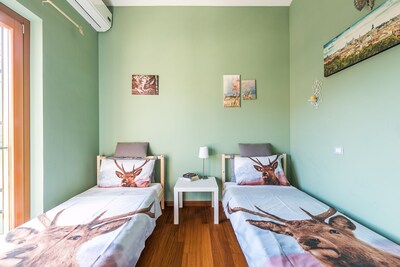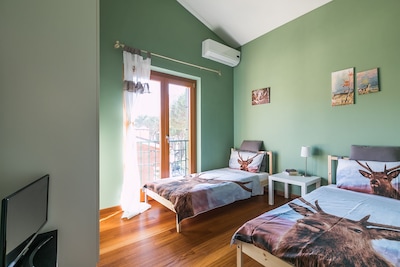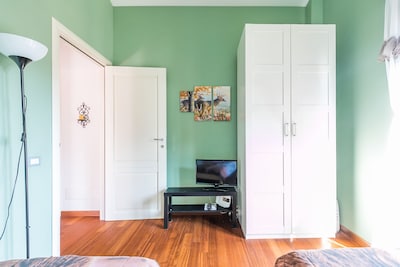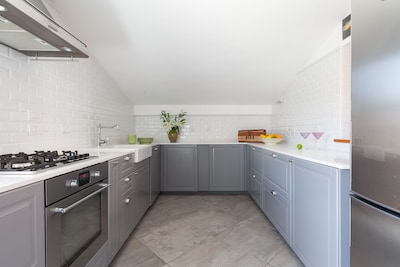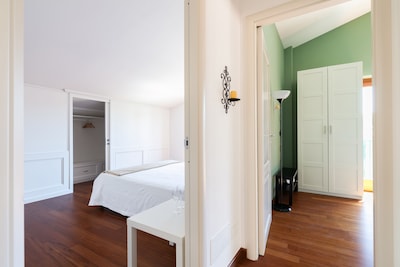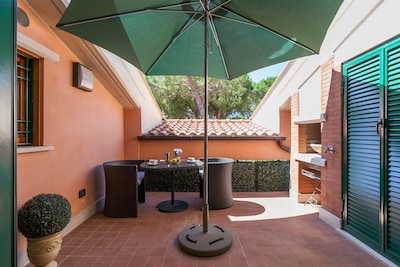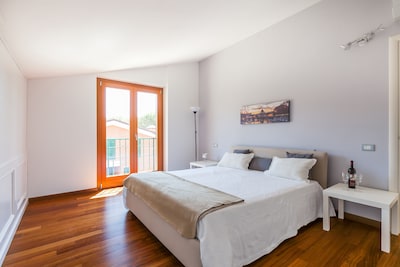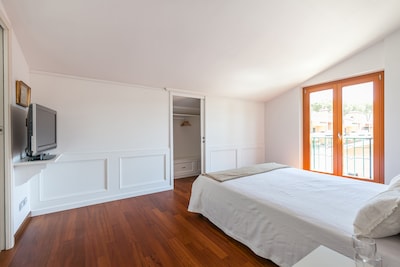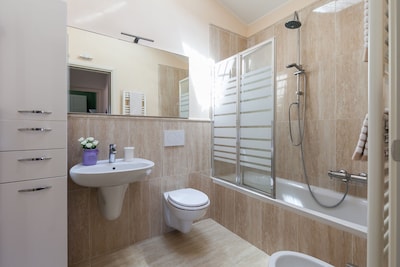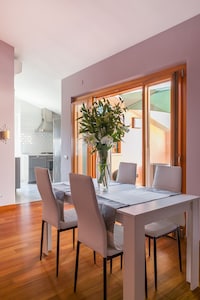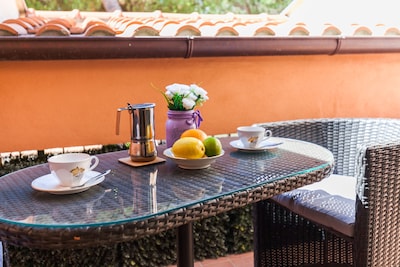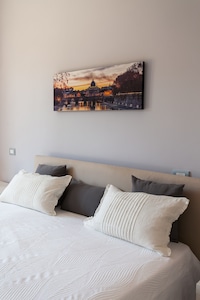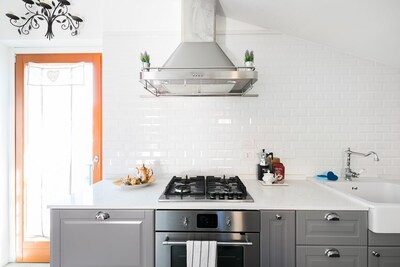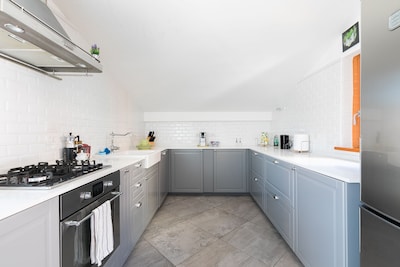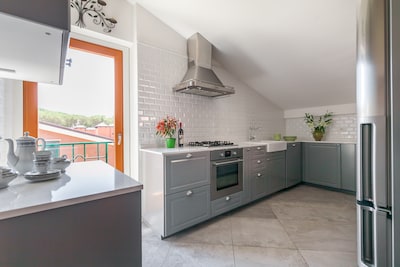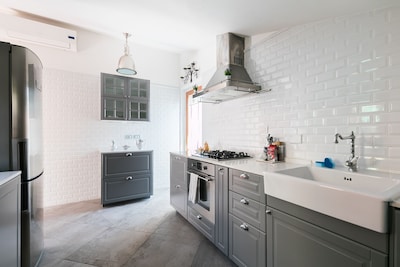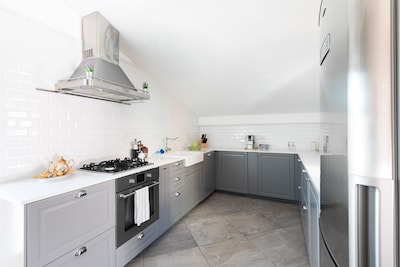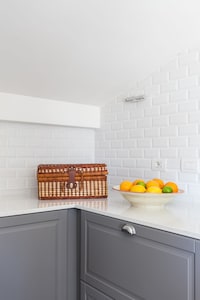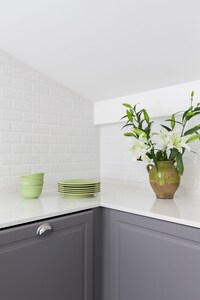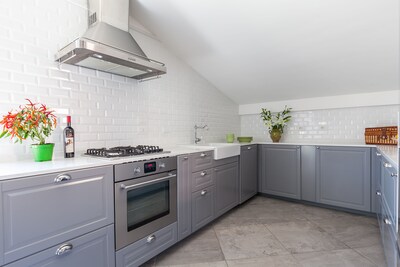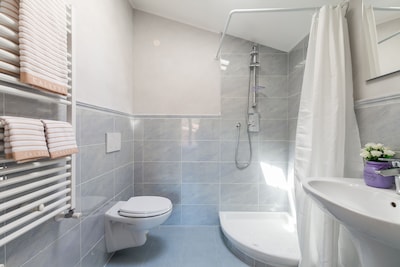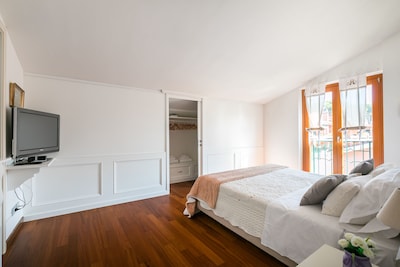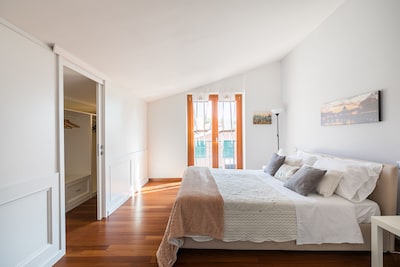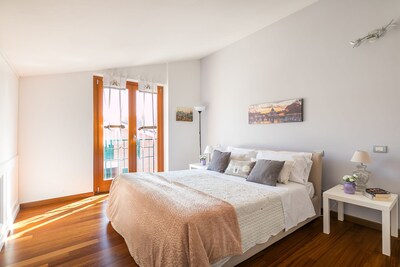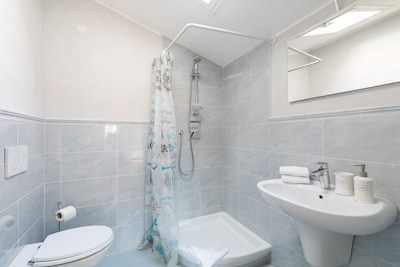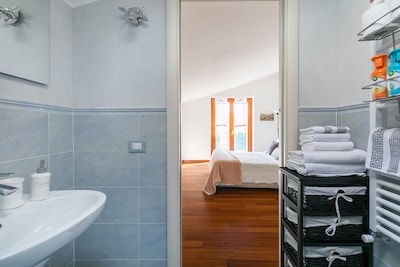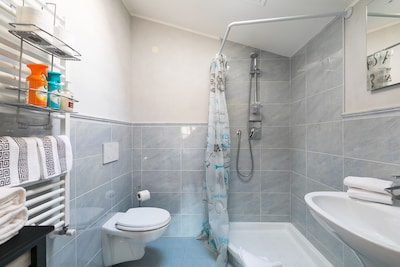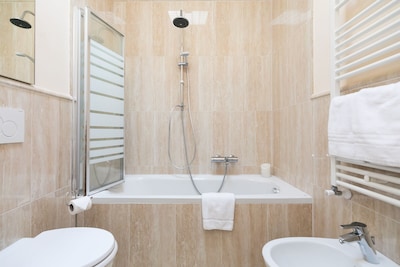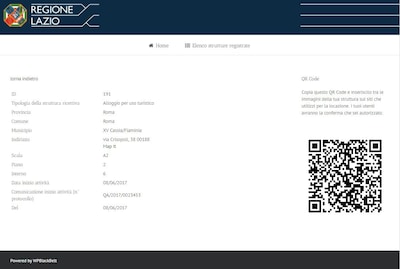Mentioned by Mysite
Ultimate Guide to the Best Museums in Rome Italy
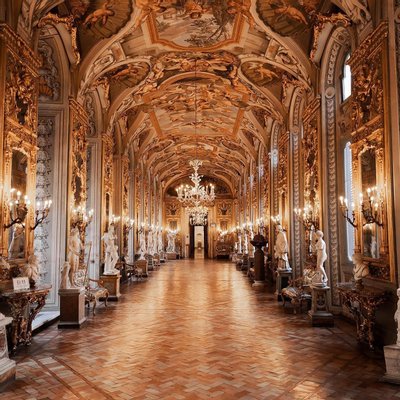

"Found near the Forum, in Piazza del Campidoglio, the museums consist of two imposing buildings: the Palazzo dei Conservatori and the Palazzo Nuovo, linked by the Galleria Lapidaria tunnel. The museums were born when Pope Sixtus IV bequeathed bronze statues to the citizens of Rome in 1471, making these the oldest museums in the world. Amongst paintings and sculptures by the greatest artists, you’ll find a few unique treasures, such as the original sculpture of the Capitoline Wolf, the 1277 Ritratto di Carlo I d’Angiò di Cambio, the first sculpture of a living person, and the enormous equestrian statue of Marcus Aurelius."
"Step back in time at the Capitoline Museums, found in the Colosseo district just outside the Colosseum, in order to explore some of the best Greek and Roman artifacts in the city. The Museo Capitolino is housed in a 17th century structure based on a sketch by Michelangelo, and it is home to works like the Dying Gaul and the enormous statue of the emperor Marcus Aurelius on horseback, both of which are made from bronze. Its most famous work however is probably Lupa Capitolina, a sculpture of Romulus and Remus under a wolf."
"The Capitoline Museums in Rome is actually a single museum that houses a collection dedicated to both art and archaeology. The museum's origins date back to the 15th century and Pope Sixtus IV, who donated ancient bronzes and set them upon Capitoline Hill, which is how the museum came to be. The Capitoline Museums were opened to the public in 1734 by Clement XII. As a result, the Capitoline Museums now own the honor of being the world's first-ever museum."

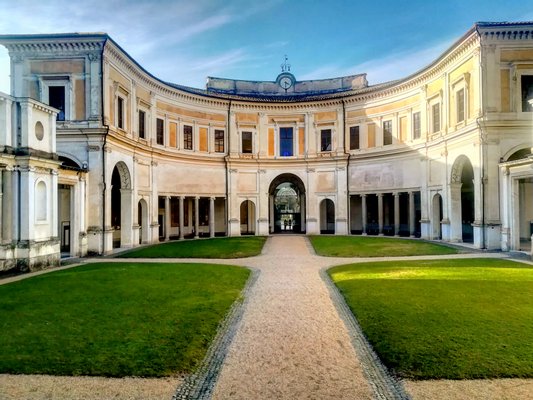

"Close to Porta Pia there lies a nice place to walk, which will pose some amazing views, Villa Torlonia. The area has been transformed into a beautiful area for walking, leisure and photography. It’s a complex of monumental proportions with a vantage points that will showcase the old and new in one singular divide."
"Another one to add to your list of Rome parks is Villa Torlonia. Still today, although centuries have passed since it was first built for the banker Alessandro Torlonia and his son, it belongs to the Torlonia family. It was designed by the well known architect, Giuseppe Valadier (Neo-classic school)."

"The Napoleonic Museum, or Museo Napoleonico, houses the collection of Count Giuseppe Primoli, who began to gather objects regarding the Bonaparte family (his great-grandparents were Joseph and Lucien Bonaparte). His collection came to include family souvenirs, items from antique shops, and items that were donated by Empress Eugenie and Princess Mathilda. When Primoli died in the early 1900s, the collection was passed on to the city of Rome and a museum was created, as per his final wishes."
"Housed in the Palazzo Primoli, this Roman museum is dedicated to the period of Napoleon and his connection to Italy. Located just north of the Piazza Navona, the museum contains the collections of Count Giuseppe Primoli. He was the great grandson of Joseph and Lucien Bonaparte."








"Let’s proceed towards Spanish Square: a few meters away from the beautiful iconic Spanish Steps, located along the centrally located shopping street called Via Condotti, Antico Caffè Greco is for sure a must – do stop to explore coffee tastes. Caffè Greco the oldest one in Rome and among the Italians, only Cafè Florian in Venice is older than this. The Cafè is named in this way, due to the belief that its founder was Greek (the word Greco in fact is the Italian translation for Greek)."
"Stunning to behold, it’s been on the Via dei Condotti (one of the fanciest streets in the city) since 1760, and is the oldest bar in Rome. Among the figures who have enjoyed an espresso here are Goethe, Byron and Keats, just to name drop a few. Local tip: Try to visit when it’s less crowded, around opening and closing time, so that you can really take a good look around and soak in the literary vibes."
"It is hard to believe this, but Caffè Greco is really ancient. It was opened in 1760, thus proudly taking place of the second oldest bars in Rome (the first one is Caffè Florian in Venice). Though it might get little pricey, for obvious reasons, you definitely should try their tiramisu and feel the atmosphere of this monumental bar."

"Hidden among the streets of the Prati district, Sorpasso is curated with reclaimed and vintage furnishings. Something that adds to the appreciation of its genuine products and dishes. Non-stop hours from morning to evening (starting at 7:30 am with cappuccino, fresh juices and croissants prepared by the in- house pastry shop), it is noteworthy for a rich selection of cold cuts and cheeses from its internal butcher."
"Il Sorpasso is the perfect spot for a drink after an afternoon at the Vatican museums. The wine list is extensive, and they have a limited cocktail menu. Often packed with stylish locals, the space offers an upbeat, happy vibe and strikes the perfect balance between traditional and contemporary."
"The focus at this happening spot, open from early morning until late in the evening, is on using excellently sourced products to make simple...Read More"


"Situated on the top floor of the five-star Hotel Raphael near Piazza Navona, Mater Terrae has a terrace with views to rival any in Rome. The space was designed by American architect Richard Meier and speaks of luxury, and wins the prize for the poshest vegetarian restaurant in Rome. The cuisine, using only organic ingredients, is modern and innovative, With prices to match it’s perfect for a special romantic dinner."

"19/07/2021: Che dire RossoDiVino è sempre una scoperta, purtroppo negli ultimi periodi non sono potuto andare molto spesso, ma come sempre Stefano e il suo staff non deludono mai!. Antipasti da paura… le patate tartufate sono una delizia… bistecche e filetti di primo ordine… non resta che tornarci il prima possibile. 19/07/2021: Complimenti a tutto lo staff soprattutto a Stefano padrone di casa esemplare ."

